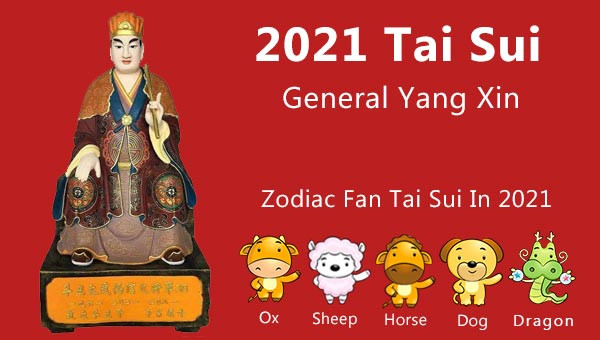24 Solar Terms
Introduction
Lucky Zodiac Charms
Based on the changes of the sun's position in the zodiac throughout the year and practical needs of agriculture in ancient China, the “24 solar terms” is an important kind of calendar in China. It indicates different periods of seasons, the changes of weather, some natural phenomena and more, guiding farmers in agriculture production greatly. Common people also follow the calendar to watch out weather changes and live a healthy life.
Origin
As early as the Shang Dynasty (17th century BC - 1046 BC), the Chinese ancestors had already established four major solar terms. During the Zhou Dynasty (1046 - 256 BC), eight solar terms marking the four seasons were established: Start of Spring, Spring Equinox, Start of Summer, Summer Solstice, Start of Autumn, Autumn Equinox, Start of Winter, and Winter Solstice. Until the Han Dynasty (202 BC - 220 AD), the present 24 solar terms was established completely.
The twenty-four solar terms can be divided into three groups:
One group reflects the seasonal changes (including 8 terms): Start of Spring, Start of Summer, Start of Autumn and Start of Winter mark the four seasons; Spring Equinox, Summer Solstice, Autumn Equinox, and Winter Solstice reflect the height changes of the sun from the astronomy aspect.
One embodies natural phenomena (including 4 terms): Insects Awaken, Pure Brightness, Grain Full and Grain in Ear.
The rest reflects the climate changes (including 12 terms): Slight Heat, Great Heat, The End of Heat, Lesser Cold and Greater Cold tell the temperature changes; Rain Water, Grain Rain, Light Snow and Heavy Snow reflect the precipitation levels; White Dew, Cold Dew and Frost Descent reflect the dropping process and degree of the temperature.
The date of each solar term is basically fixed with minor differences of within one or two days. Each month has two solar terms. Following, you can check the exact dates for 24 solar terms in 2016 and detailed meanings for each term.
Twenty-four Chinese Solar Terms in 2016
|
2016 Date (Solar Date) |
Meanings | |
|---|---|---|
| Spring | ||
| Start of Spring | Feb. 4 | The spring season begins. |
| Rain Water | Feb. 19 | The amount of rainfall increases. |
| Insects Awaken | Mar. 5 | Insects are awakening from winter sleep by the spring thunder. |
| Spring Equinox | Mar. 20 |
The mid-point for the spring season; Day and night are equally long on the day. |
| Pure Brightness | Apr. 4 |
It is warm, bright and everywhere gets green; It is also the time for tending graves. |
| Grain Rain | Apr. 19 | Rainfall increases which is helpful to grain crops. |
| Summer | ||
| Start of Summer | May 5 | The summer season begins. |
| Grain Full | May 20 | Grains are getting plump but not ripe yet. |
| Grain in Ear | Jun. 5 | Wheat grows ripe marking the beginning of a busy farming season. |
| Summer Solstice | Jun. 21 |
The sun altitude arrive the highest in north; It has the longest daytime of the year. |
| Slight Heat | Jul. 7 | The hottest days are yet to come. |
| Great heat | Jul. 22 | The hottest time of a year. |
| Autumn | ||
| Start of Autumn | Aug. 7 | The autumn season begins. |
| The End of Heat | Aug. 23 | The hot summer is coming to an end and heat stops. |
| White Dew | Sep. 7 | It is getting cooler and dewdrops appear on grass and trees in the morning. |
| Autumn Equinox | Sep. 22 |
The mid-point for the autumn season; The temperature begins to decrease; Day and night are equally long on the day. |
| Cold Dew | Oct. 8 | The dews are becoming frost. |
| Frost Descent | Oct. 23 | Frost appears and the temperature begins to descent. |
| Winter | ||
| Start of Winter | Nov. 7 | The winter season begins. |
| Light Snow | Nov. 22 | It begins to snow but can't accumulate a lot on the ground. |
| Heavy Snow | Dec. 7 | It begins to snow heavily. |
| Winter Solstice | Dec. 21 |
It has the shortest daytime of a year; After the day, many places in China go into the coldest period; People in northern China eat dumplings on the day and sweet soup balls for the people in the South. |
| Lesser Cold | Jan. 6 | It is getting colder, but the coldest days are yet to come. |
| Greater Cold | Jan. 20 | It is the coldest time of a year. |



